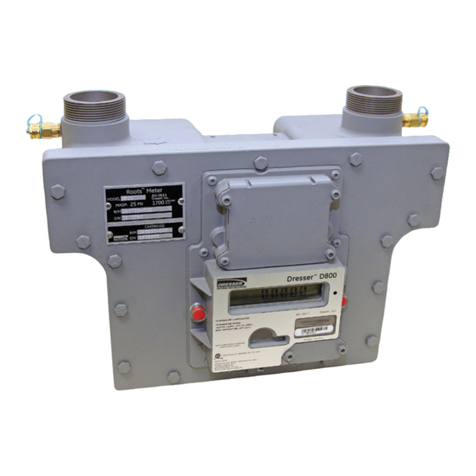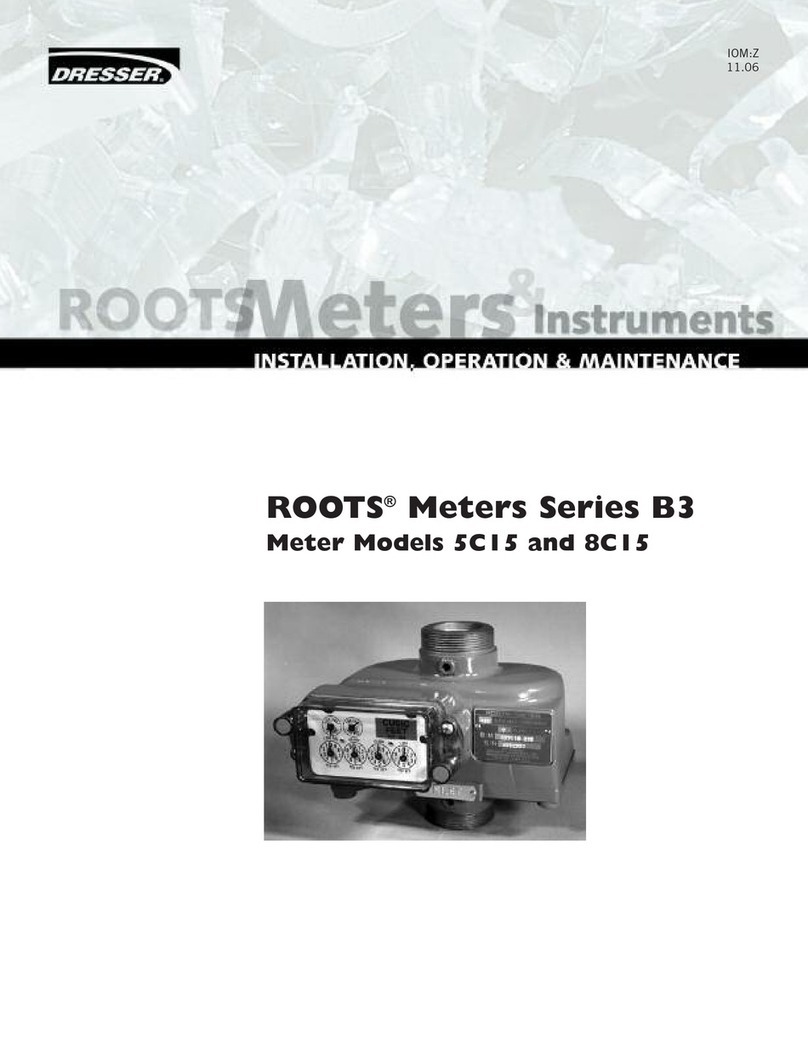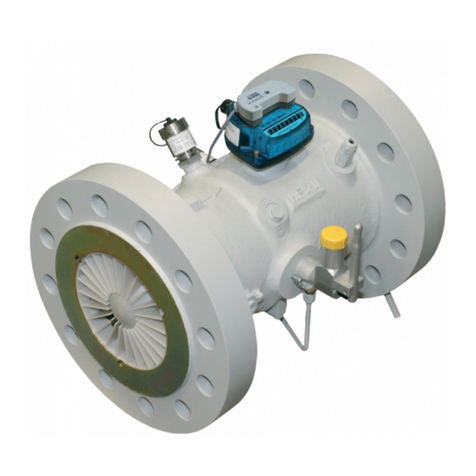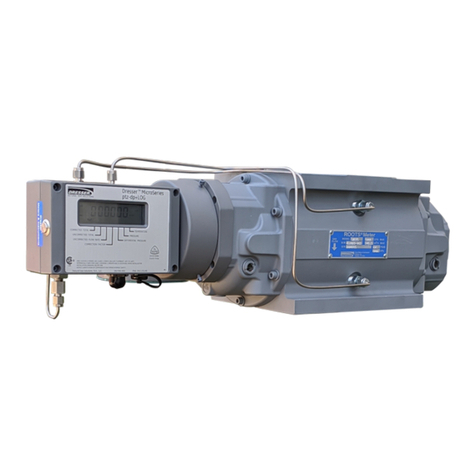Dresser Model 10C25 Series K Installation, Operation, and Maintenance Manual
© 2018 Natural Gas Solutions North America, LLC Page 2 of 74
Contents
1Introduction .....................................................................................................................4
2Overview..........................................................................................................................4
2.1 Operating Principle..................................................................................................................... 5
2.2 Performance Characteristics ...................................................................................................... 5
2.3 Features...................................................................................................................................... 5
3Receiving, Handling, and Storage......................................................................................6
3.1 At Time of Delivery ..................................................................................................................... 6
3.2 Storage........................................................................................................................................ 6
4Parts Identification...........................................................................................................7
4.1 Meter Display ............................................................................................................................. 7
4.2 Flow Indicator........................................................................................................................... 10
5Problems with Installation or Operation .........................................................................10
6Meter Installation...........................................................................................................11
6.1 Preinstallation Considerations ................................................................................................. 11
6.2 Placing Meter in Line ................................................................................................................ 14
7Meter Startup ................................................................................................................15
8Downstream Leak Tests..................................................................................................16
8.1 Flow Indicator Method............................................................................................................. 17
8.2 Electronic Method –Magnetic Interface ................................................................................. 17
8.3 Electronic Method –MeterWare Interface.............................................................................. 18
9AMR Installation.............................................................................................................19
10 Pulse Output Connections ..............................................................................................24
10.1 Pulse Output Allocation Settings and Testing .......................................................................... 24
10.2 Wiring Instructions for Hazardous Locations ........................................................................... 25
11 Meter Operation ............................................................................................................28
11.1 MeterWare Software Information ........................................................................................... 28
11.2 Volume Measurement.............................................................................................................. 28
11.3 Temperature Measurement..................................................................................................... 29
11.4 Flow Rate Measurement .......................................................................................................... 30
11.5 Faults and Alarms ..................................................................................................................... 30



































